Are you fascinated by thick forests, amazing animals, and carnivorous plants? You’ll love these fun facts about jungles!
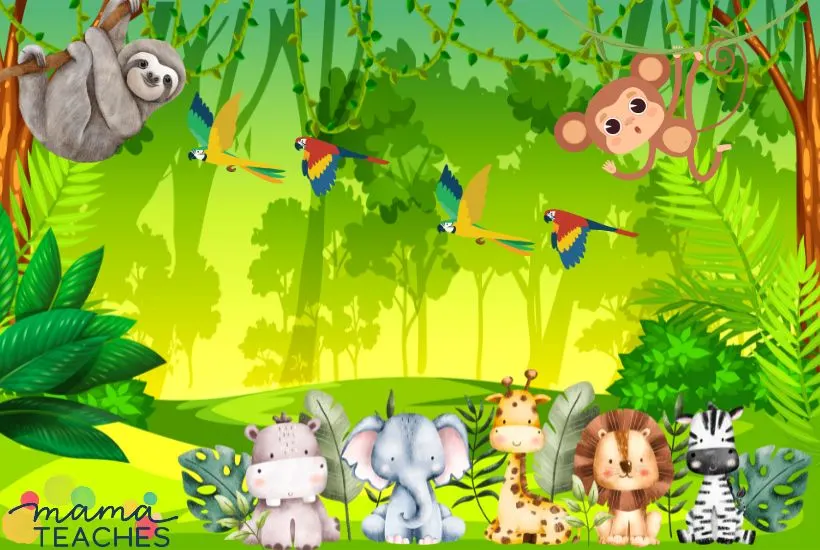
Basic Facts About Jungles
A jungle is a forest so thick with plants you have trouble walking through it.
You’ll find jungles growing in tropical climates on or near the Equator.
Jungles receive a lot of rainfall.
They are home to many plants, insects, rodents, and reptiles.
Those are some basic facts about jungles, are you ready for some amazing jungle facts for kids? Read on!
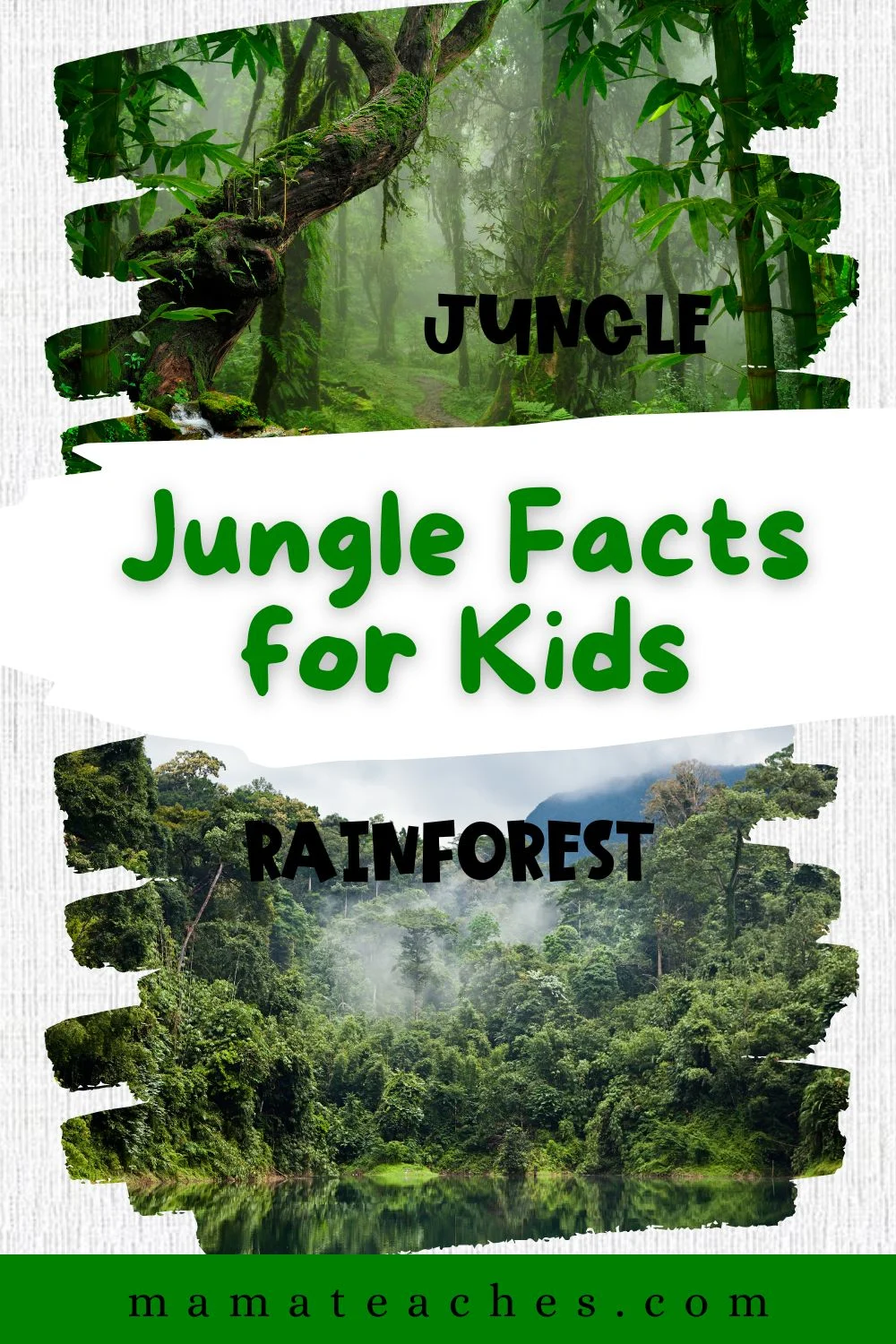
This article contains affiliate links to things that you might like.
10 Fun Facts About Jungles
Check out these fascinating fun facts about jungles!
1. A Rainforest Is Not a Jungle
When you think of a rainforest, you may picture a jungle. But there are key differences.
Both are types of forest biomes, meaning they are tree-covered biomes.
But a rainforest has tall trees whose leafy tops block out the sunlight (these treetops form a canopy).
As a result, very few plants grow along the rainforest floor because they need sunlight to grow.
In a jungle, there is no canopy. The jungle is lush with plant life that grows along the forest floor.
The vines, shrubs, and small trees are so dense that many jungles are difficult to walk through.
Rainforests can be either tropical (like the Amazon rainforest) or temperate (like those in the Pacific Northwest).
Jungles are always tropical. Jungles may surround tropical rainforests, but they do not overlap.
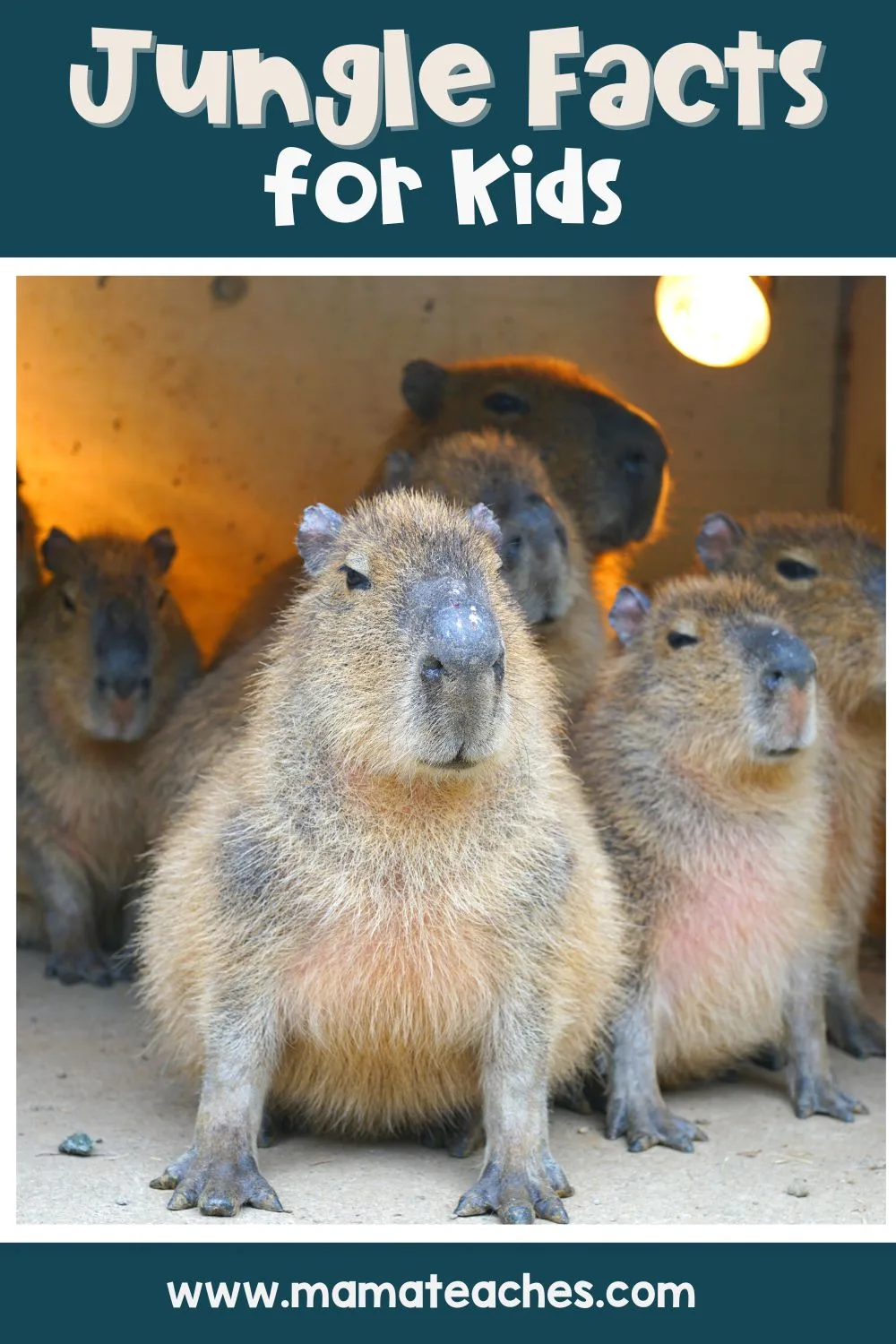
2. The Jungle Is Home to Giant Rodents
The jungle provides a home for rodents of unusual size: Capybaras. They live in the jungles of South America.
Capybaras can weigh as much as an adult human.
They can swim and hold their breath for 5 minutes underwater.
They even sleep floating in the water with just their noses poking out!
Capybaras typically live in family groups of 10 to 20.
If you are in the jungles of the Amazon and you hear barking, purring, or squealing, you may be near a herd of Capybaras!
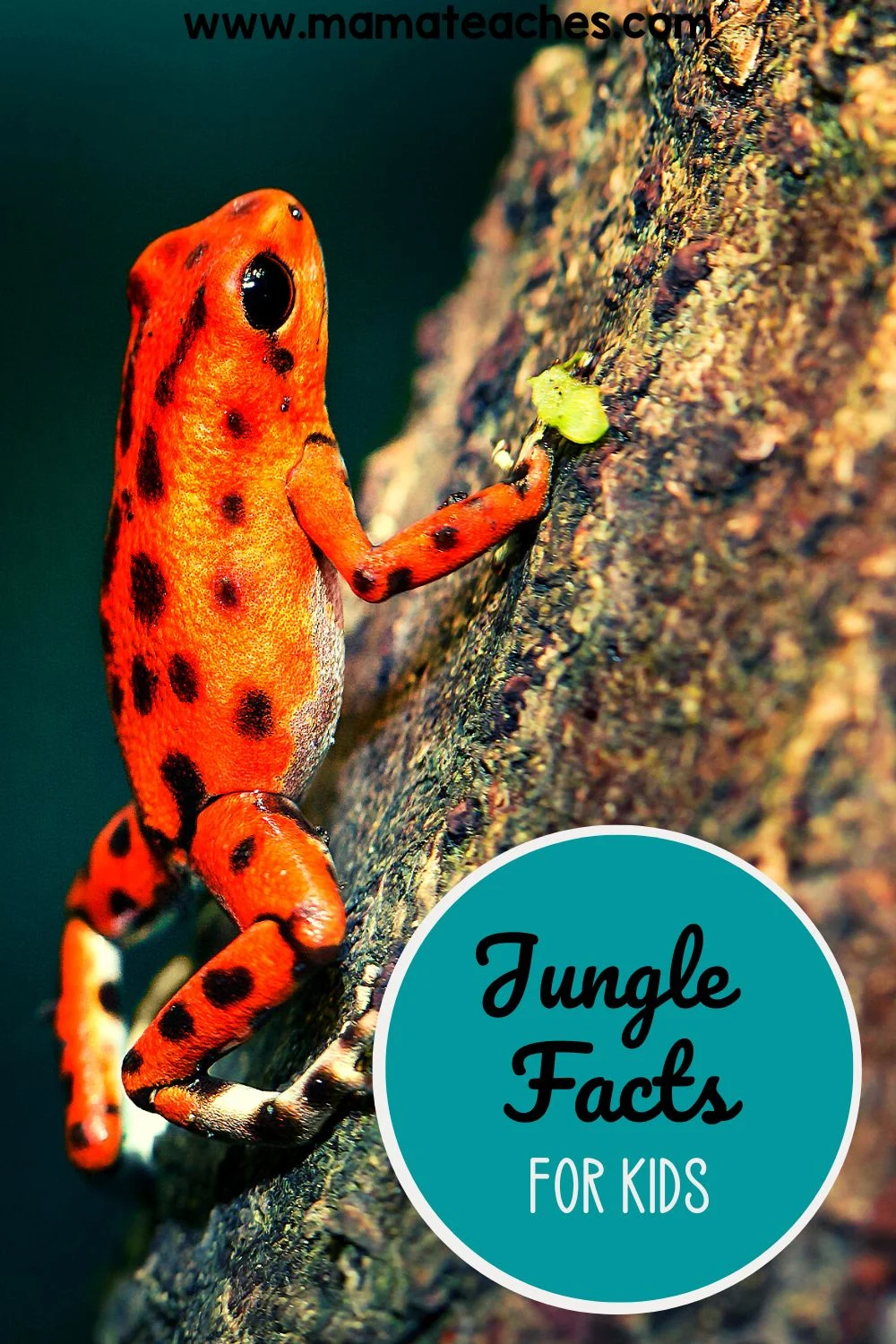
3. In the Jungle, You Will Find Frogs in a Rainbow of Colors
You have heard of green frogs, but in the jungle, you will find red frogs, orange frogs, yellow frogs…even blue frogs!
These species of colorful frogs are all Poison Dart Frogs.
Poison Dart Frogs secrete poison from their skin to make them toxic to predators.
Their bright colors warn potential predators to stay away.
But what do frogs have to do with darts? Indigenous people dip their arrow tips in the skin of a poison dart frog to coat it in the toxin.
Then when their arrow pierces an animal, the animal will be stunned or killed more quickly.
Poison Dart Frogs are one of the world’s most poisonous animals. The Golden Poison Dart Frog has enough toxin on its skin to kill 20,000 mice.
Scientists believe that Poison Dart Frogs get their toxicity from the jungle insects they eat.
This could explain why Poison Dart Frogs in captivity are less poisonous than their wild jungle counterparts.
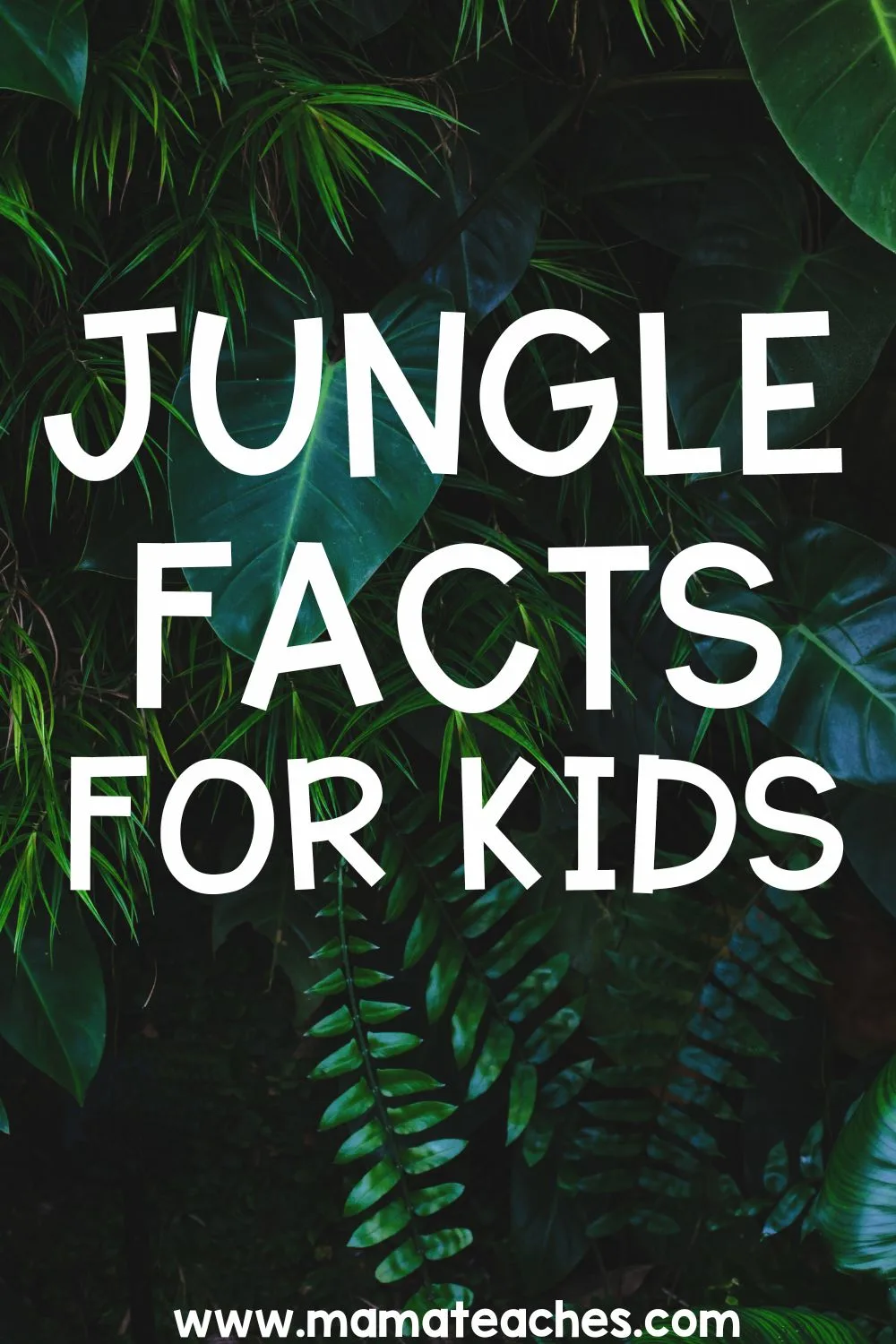
3. Jungles Are Wet, But the Word Means “Dry”
Jungles get a lot of rain each year–sometimes more than 32 feet of rain!
With some much rain, you can imagine the air is a jungle is very humid.
But the word jungle comes from the Sanskrit word jungala, which means dry and rough land.
It came into the English language in the 1700s through the Hindi language.
In the original sense, jungala was dry or rough land that was good for growing plants.
In the 1700s, both Indians and Europeans used the word jungala to mean “dense thicket of plants.”
Jungles are thick and dense with plants, so the name does fit!
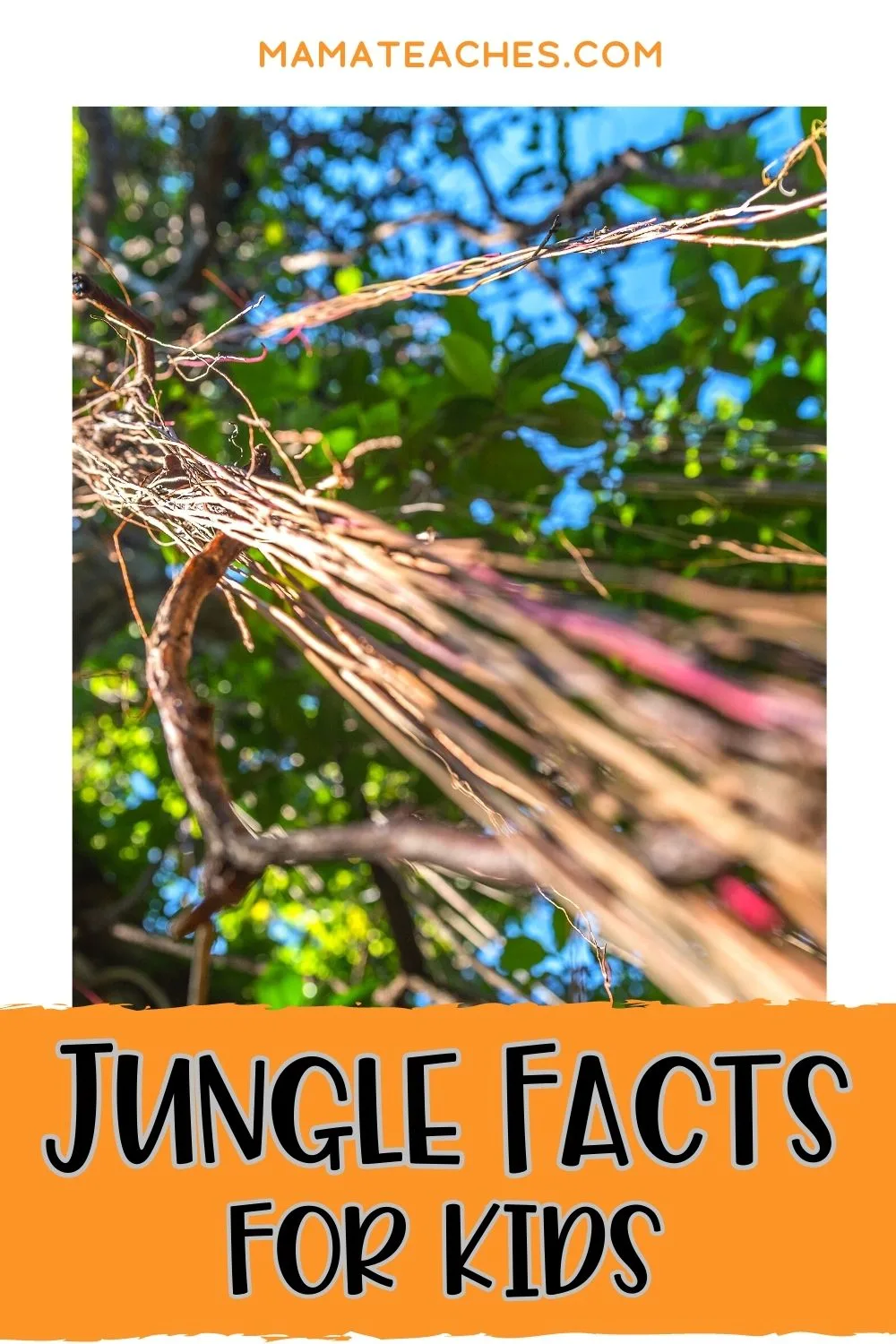
4. Woody Jungle Vines Are Called Lianas
Can you picture Tarzan swinging from jungle vines?
Most vines are flimsy and would snap under a person’s weight.
Not so with lianas.
Lianas are woody climbing plants that hang from trees.
Their vines will cling to one another, twisting into something like a rope.
Animals use lianas for transportation!
You may find ants, birds, monkeys, and even sloths hanging from a liana.
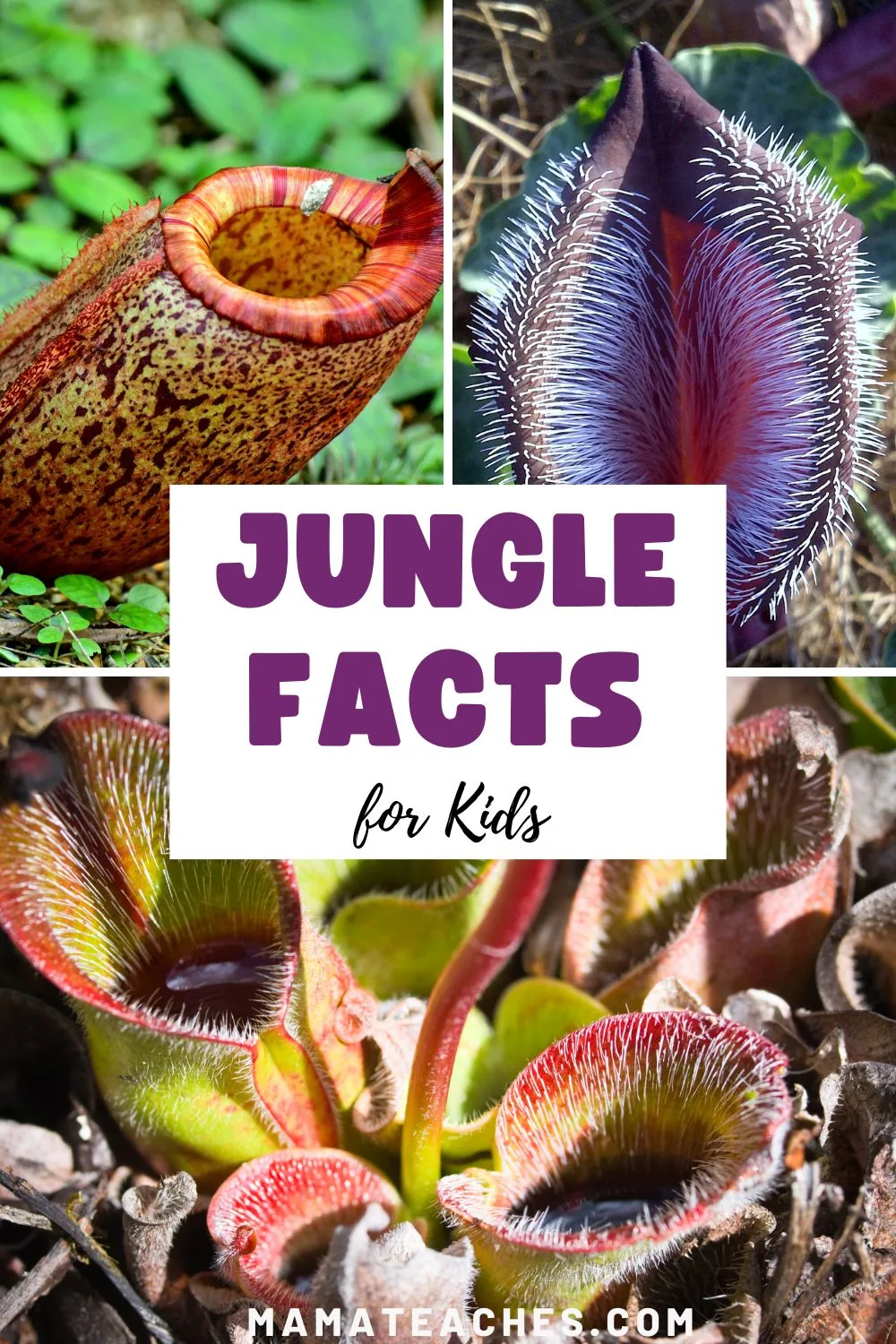
5. Jungle Plants Can Be Delicious
Several of your favorite foods can be found in a jungle.
Cacao can grow in a jungle; that’s the plant where we get cocoa beans used for chocolate.
Have you ever had an acai bowl? Acai grows in the jungle!
Do you go bananas for bananas? Banana trees grow in the warm, moist jungle.
6. Jungle Plants Can Also Be Dangerous
Carnivorous plants are plants that supplement their energy needs by consuming insects.
One such plant is the pitcher plant, also called the monkey cup.
This plant has a cup-like feature. The plant produces sticky fluid to fill the cup.
After heavy rainfall, the cup will also fill to the brim with water. Sometimes monkeys will pick up the cup and drink from it.
Pitcher plants don’t harm monkeys, but they are dangerous to insects.
Pitcher plants emit a scent that is not very perceptible to humans, but insects love it.
They wander over to the lip of the cup.
The lip of the cup is slippery, and the insect plunges inside.
The insect is trapped!
When the insect dies and dissolves in the liquid, its nutrients are absorbed by the plant.
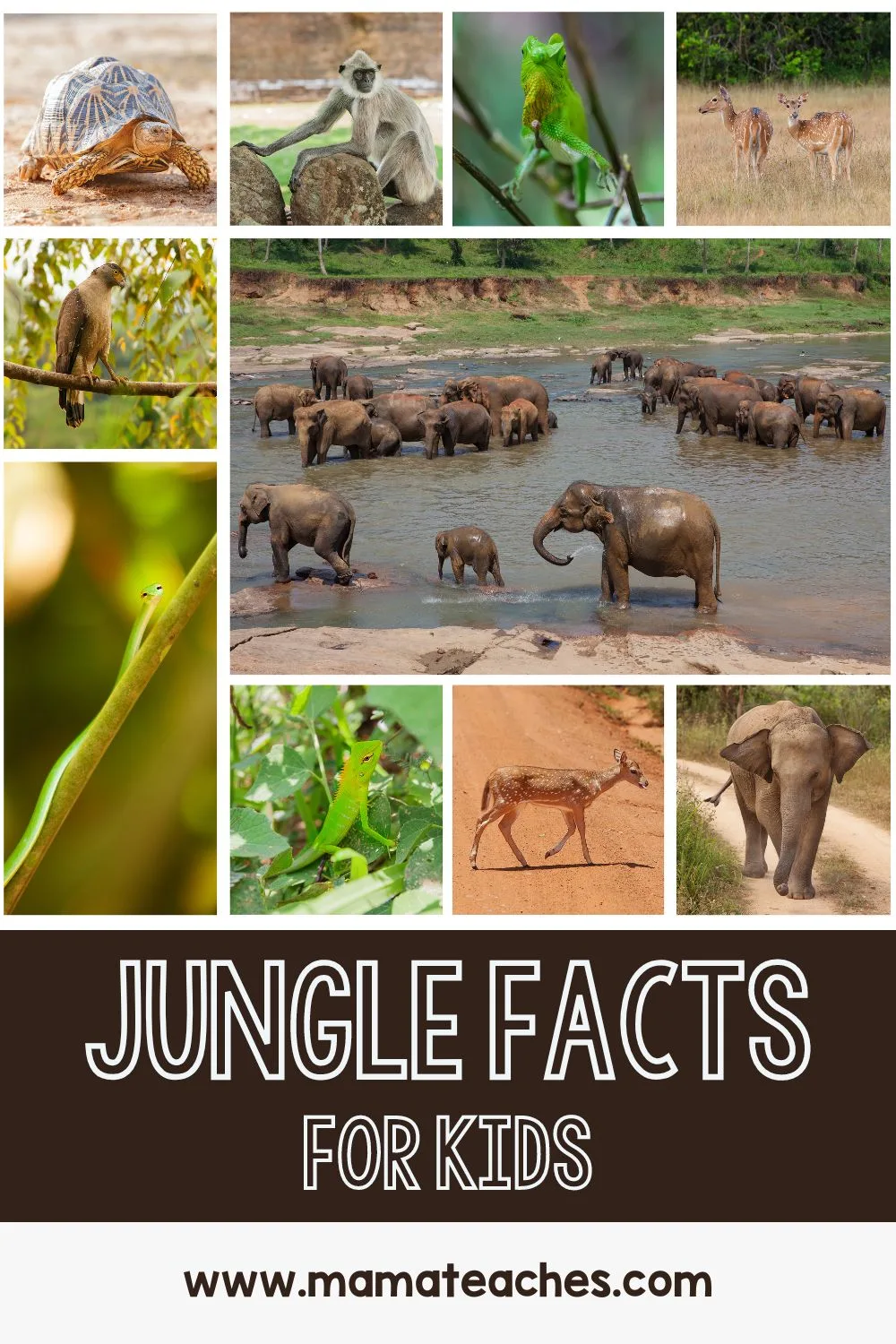
7. The King of the Jungle Doesn’t Live in the Jungle
A lion is called the King of the Jungle.
Here is one of the jungle facts for kids you may not know: lions don’t live in the jungle.
Lions live in grasslands (also called savannahs).
The top predators in the jungle are the jaguar, the cayman (also called the black crocodile), the anaconda, and the harpy eagle.
8. Jungles and Rainforest Are Packed with Animals
Jungles (and the tropical rainforests they sometimes surround), cover 6% of the land surface of the earth.
You would imagine that 6% of land animals live there.
It’s actually much more crowded!
Over half of all the species of animals on earth live in the jungle or the rainforest.
When you add in plants, scientists believe there are up to 500 million different living things in the jungle and the rainforest.
Many of which we have yet to discover!
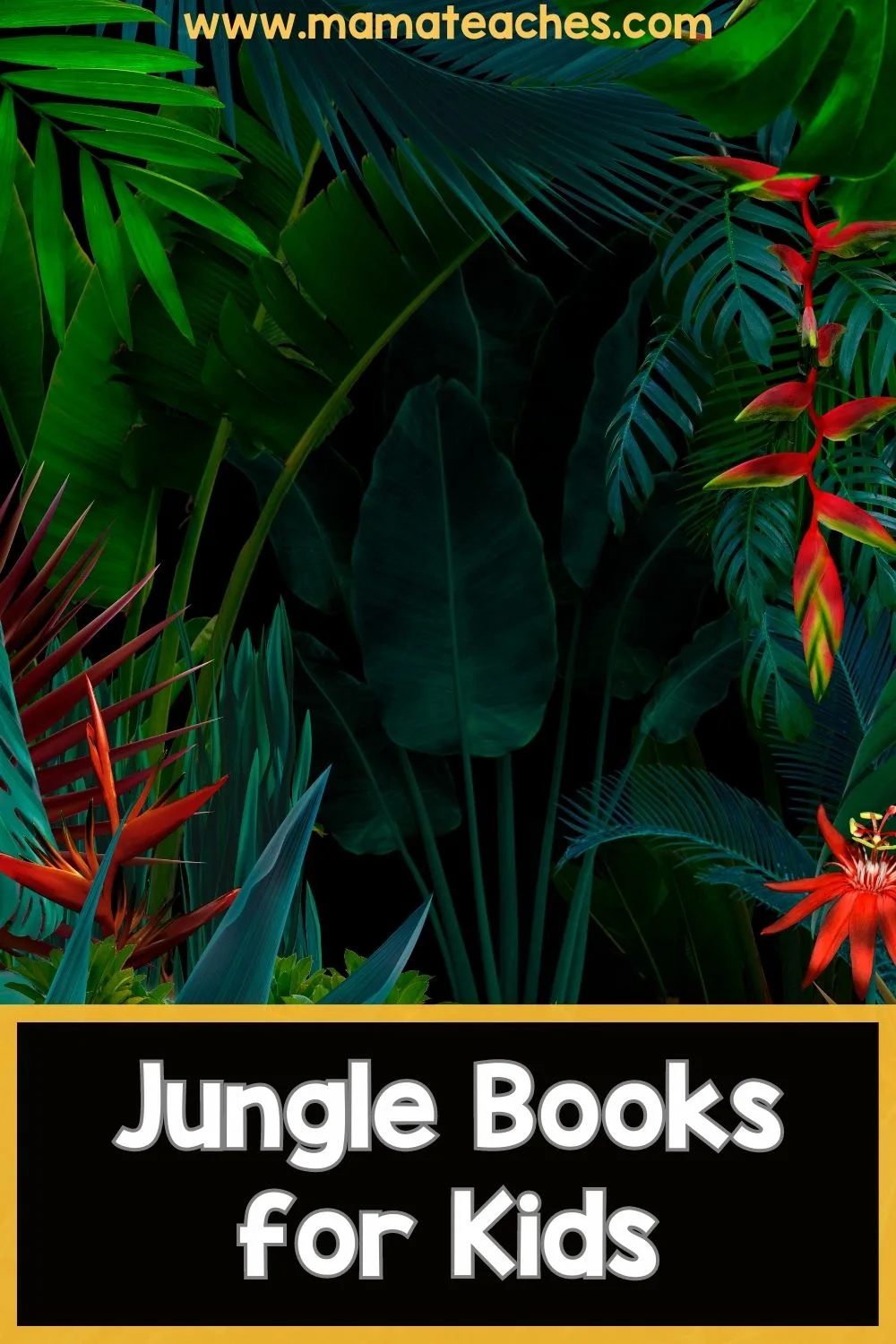
9. You Can Find Jungles All Over the World
Perhaps the most famous jungles are in the Amazon in South America.
You can also find jungles in Borneo (that’s in southeast Asia), West Africa, and India.
Although jungles are far-reaching, they are being destroyed at an alarming rate.
Many jungles are cut down in order to harvest trees or to convert the land to farmland.
Considering the large number of plants and animals that live in jungles, it is vital that we protect them!
10. Jungles Have a Carpet of Ants
Ants are everywhere in the jungle.
They eat decaying plant and animal matter, and there is plenty of that in the jungle.
There are so many ants in the jungle!
If you weighed all the ants in the jungle and then weighed all the mammals in the jungle, the ants would weigh 400 times more than the mammals!
In every square meter of the jungle floor, you will find an average of 800 ants. Be careful where you put your sleeping bag!
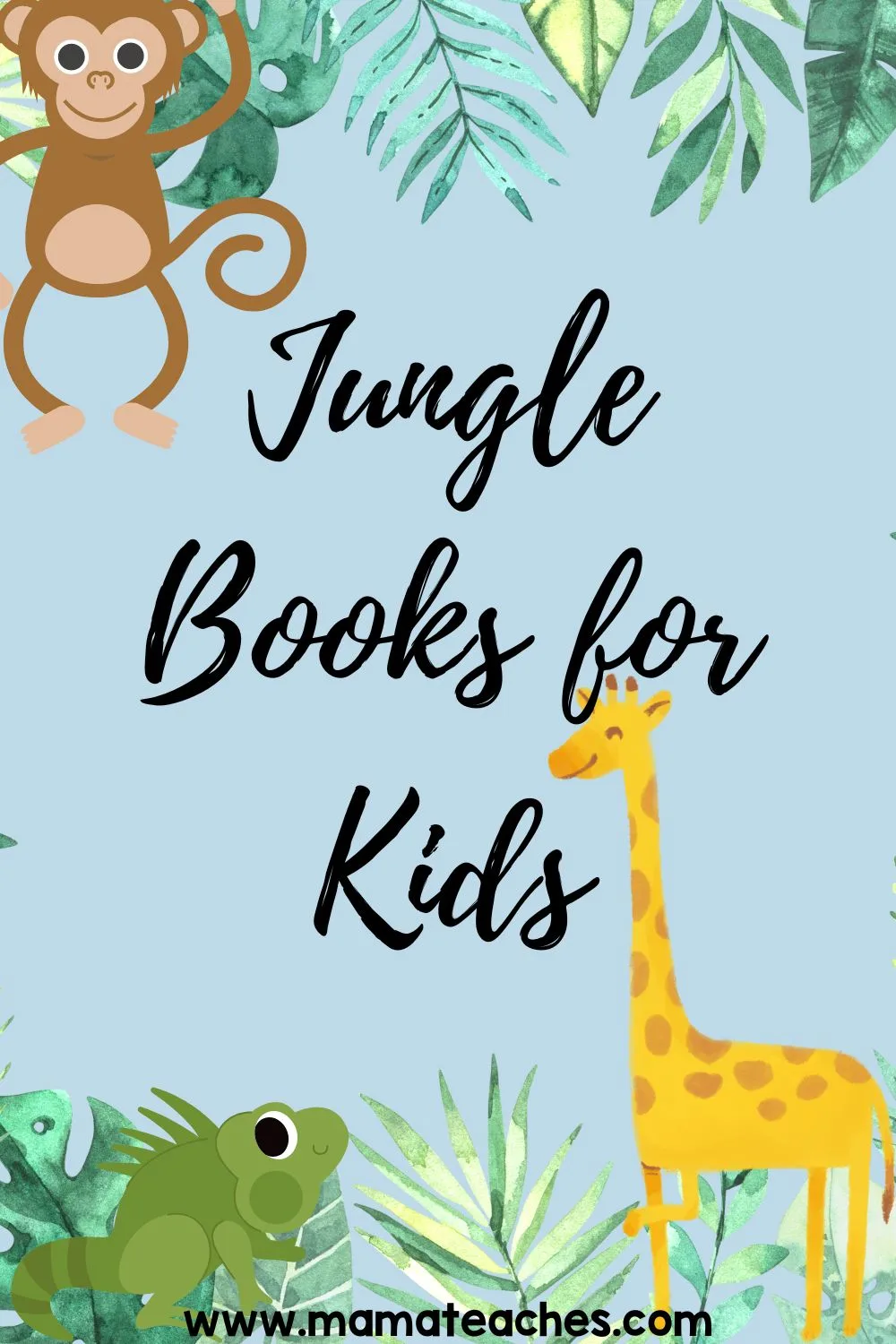
Amazing Jungle Facts for Kids
Jungles are fascinating places, home to many plants and animals.
These warm and wet environments are so lush and thick, we have yet to discover all the hidden life inside the jungle.
Maybe you will be a jungle explorer and discover the mysteries of this incredible place!
